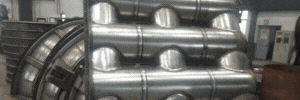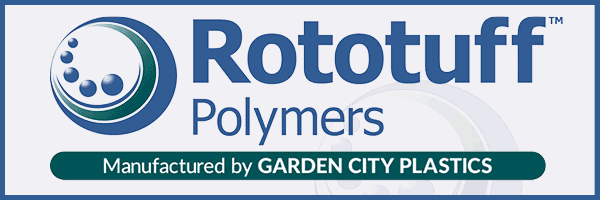Polyethylene is also used to make the seats in a kayak. The flotation devices bulk-heads and padding for the kayaker’s hips knees and heels are often made of closed cell foam like Ethafoam. The rudder pedals or foot braces are usually made from a lightweight corrosion-resistant metal like aluminium as is the rudder itself. The grab loop may be nylon rope with a plastic or wooden toggle or handle. The body of a polyethylene kayak is a long hollow shell of uniform thickness made by a process called rotational moulding. After the shell is made the seat and other components are added in a manual assembly process. The shell may be moulded in one piece or it may be made from two separate pieces which are joined later.
Rotational moulding requires fairly rounded contours so one-piece shells cannot have sharp intersections between surfaces. If the design requires a sharper intersection—such as between the hull and the deck for example—then a two-piece shell is used. Most of the quality control checks for a rotationally moulded kayak are in the moulding process. Maintaining the proper rotation speed and oven temperature are critical to producing shells with uniform thickness. Care is required during cooling to avoid warping the shell. The duration of the heating and cooling cycles and the intervals between those stages must also be controlled precisely.
Kayaking continues to grow as a recreational and competitive sport. Improved performance in competitive kayaking will depend on modern technology for new design and construction methods and may result in the use of new materials. At the same time many kayak enthusiasts will demand that these materials be environmentally benign such as recycled plastics in the future.







